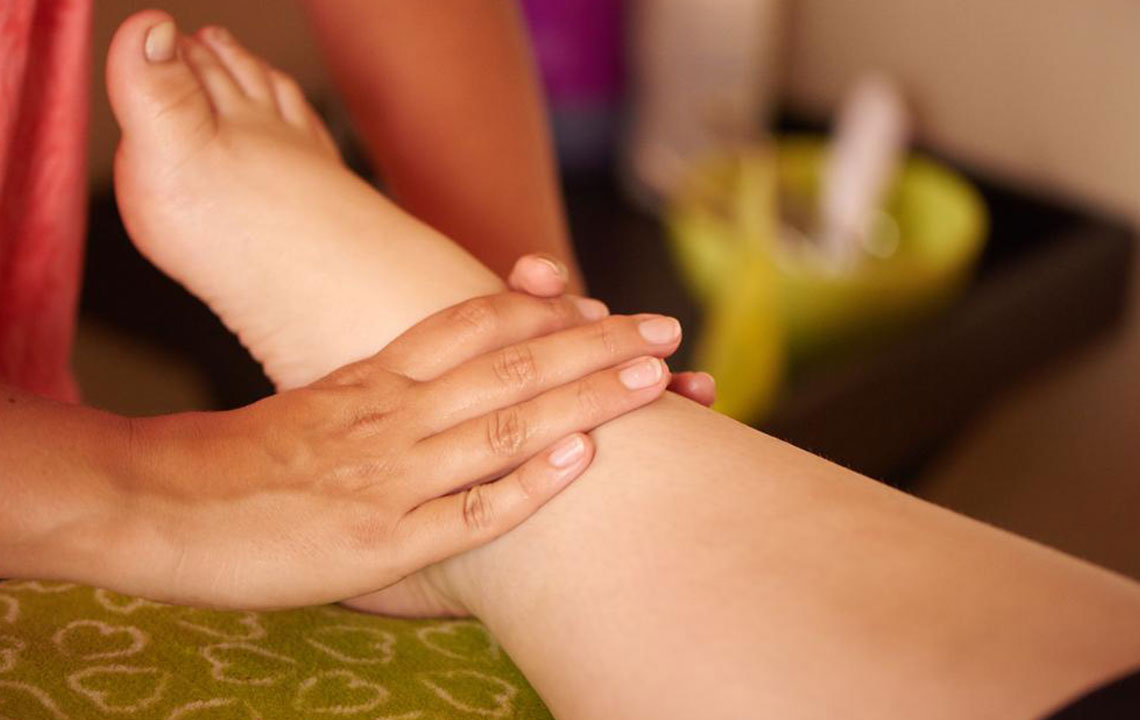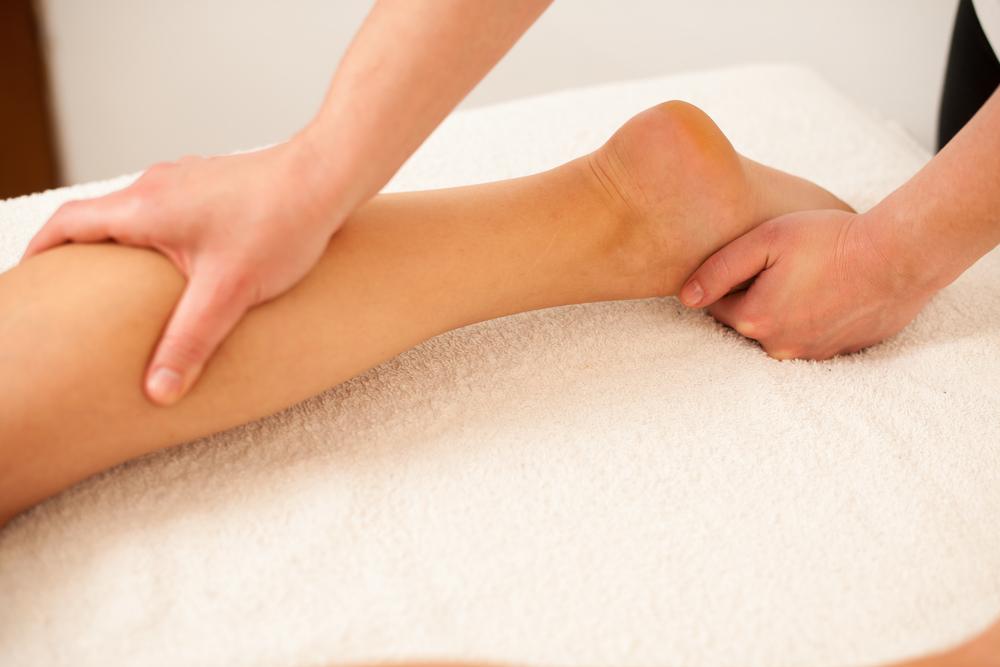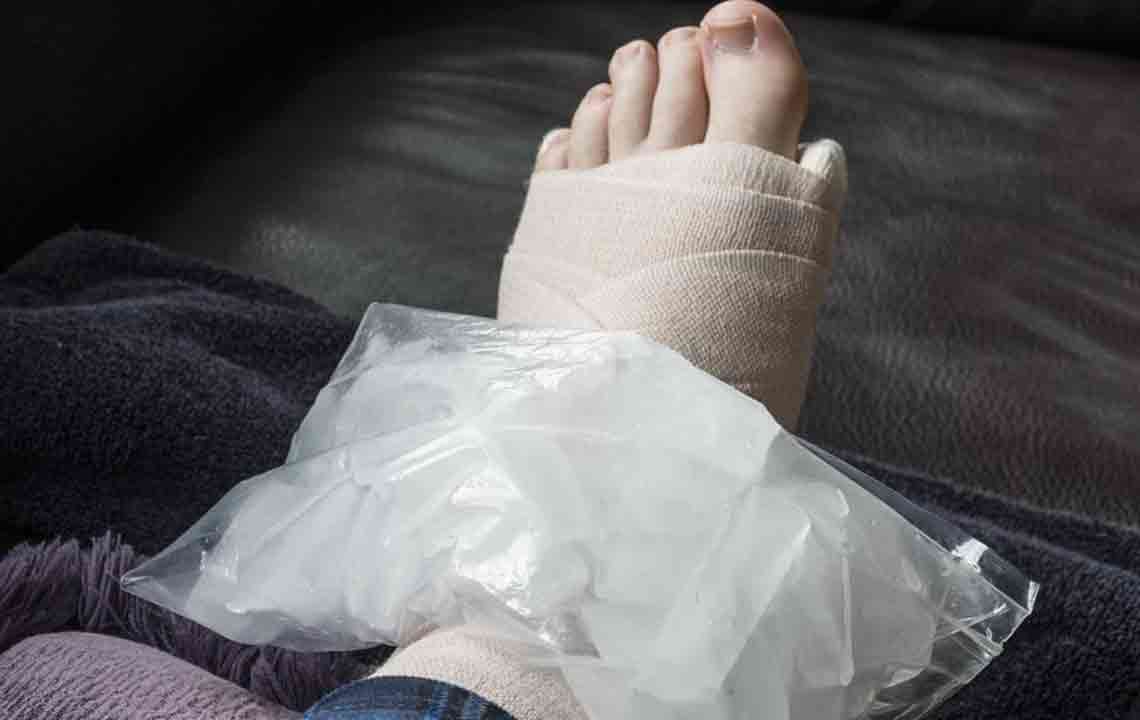Understanding the Main Causes of Swollen Feet and Ankles: A Comprehensive Guide
Swelling in the feet and ankles can stem from various causes, including fluid retention, pregnancy, alcohol intake, hot weather, and injuries. Most cases are temporary and manageable, but persistent swelling may indicate underlying health issues. Recognizing these common causes helps in timely management and relief. This comprehensive guide offers detailed insights into each cause, symptoms, and recommended treatments, empowering individuals to take proactive steps for their health. Learn how to identify, prevent, and treat swollen feet and ankles effectively for improved well-being and mobility.

Understanding the Main Causes of Swollen Feet and Ankles: A Comprehensive Guide
Swelling in the feet and ankles is a common health issue experienced by many individuals at various stages of life. While often considered a temporary and harmless condition, persistent or severe swelling can sometimes indicate underlying health problems that require medical attention. Recognizing the root causes of swollen feet and ankles is essential for effective management, relief, and prevention of future occurrences. This detailed article explores the most frequent reasons behind swelling in these areas, including both benign causes and more serious medical conditions, to help you better understand and address this common concern.
Fluid Retention (Edema): The Leading Cause of Swelling
One of the most widespread causes of swollen feet and ankles is fluid retention, medically known as edema. Edema occurs when excess fluid accumulates within the body's tissues, particularly in the lower extremities. This buildup results in puffiness and can sometimes make skin appear stretched or shiny. Edema is more than just a cosmetic issue; it may also be associated with discomfort and difficulty in mobility, especially if the swelling is significant.
Edema often affects not only the legs but can also extend to the hands and arms. The causes of edema are diverse, ranging from lifestyle factors to underlying health conditions. Mild cases of edema frequently resolve on their own without intervention, but persistent or severe swelling requires medical evaluation. Typical symptoms accompanying edema include:
Difficulty walking or standing for extended periods
Swelling in the abdomen or pelvic area
Skin that appears stretched, shiny, or taut
Effective management includes lifestyle changes, elevation of the affected limbs, compression stockings, and addressing underlying causes.
Pregnancy: A Common Cause of Swelling in Expectant Mothers
Pregnancy is one of the most common physiological reasons for swollen ankles and feet among women. During pregnancy, significant hormonal changes increase blood volume and fluid retention to support fetal development. As the pregnancy progresses, especially after the fifth month, many women notice swelling in their lower limbs, which tends to worsen after long hours of standing or sitting. Usually, this swelling resolves postpartum or with adequate rest and elevation of the legs. However, severe swelling during pregnancy could also be a sign of conditions like preeclampsia, which necessitate medical attention.
Alcohol Consumption and Its Impact on Fluid Balance
Excessive alcohol intake can impair kidney function and disrupt the body's fluid balance, leading to water retention and swelling. This swelling commonly appears in the ankles and feet and often diminishes within a few days after reducing or stopping alcohol consumption. Nonetheless, sustained or worsening swelling despite abstinence can indicate underlying health issues, such as liver disease or heart problems, which need to be evaluated by a healthcare professional.
Hot Weather and Circulatory Changes
High temperatures can cause blood vessels to dilate, increasing blood flow to the surface of the skin. This dilation can lead to fluids leaking into surrounding tissues, resulting in swelling often called heat edema. People with circulatory issues, such as varicose veins or venous insufficiency, are particularly prone to heat-related swelling. To prevent or reduce swelling in hot climates, staying hydrated, wearing compression stockings, and elevating legs when possible are recommended strategies.
Injuries: Trauma Leading to Swelling
Injuries such as sprains, fractures, or direct trauma to the feet and ankles can cause localized swelling. When tissues are injured, the body's inflammatory response increases blood flow to the area, leading to swelling, redness, and sometimes bruising. Immediate treatment with the RICE method—Rest, Ice, Compression, Elevation—is highly effective in controlling swelling and promoting recovery. Ignoring injury-related swelling can lead to complications, making prompt assessment and management crucial.
These factors represent the most common and notable causes of swollen feet and ankles. While most instances resolve naturally within a few days or weeks, ongoing or severe swelling should prompt consultation with a healthcare provider to rule out more serious conditions such as heart failure, kidney disease, or liver problems. Understanding these causes enables individuals to adopt lifestyle modifications and seek timely treatment to alleviate symptoms and maintain overall health.




